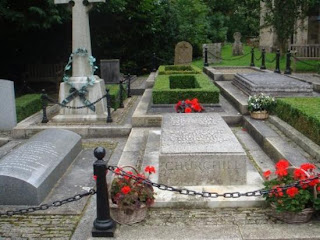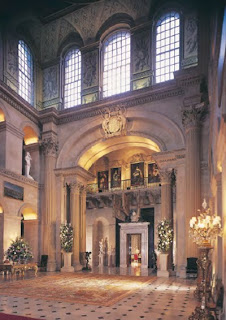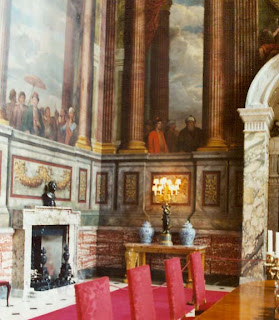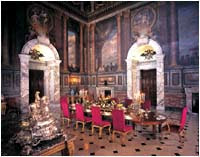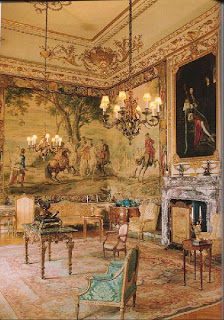Brussels today is the capital of the European Union, a fitting role for the city which has been an important trading center and part of many empires — Burgundian, Austrian and French, to name only three in the last fifteen centuries.
Capturing Brussels was the immediate objective of Napoleon Bopnaparte as he marched his army north out of France in June of 1815 after his escape from his first exile in Elba. He knew the British and Prussian armies were there or heading in that direction. It was in Brussels that he hoped to re-establish his empire by annexing part of the United Netherlands, as the areas of Holland and Belgium were known at the time.
Napoleon also knew that there was some sympathy for him in an area he had once possessed. Some local armies included men who had fought for Napoleon a few years before.
Stories about Napoleon’s disdain for the abilities of the Duke of Wellington, commander of the Allied forces, may also be true. Bonaparte is reported to have said, “…Wellington is a bad general…this is going to be a picnic.” How wrong he was.
In the year since the Allies first defeated Bonaparte in 1814 and restored the Bourbon monarchy in Paris, Brussels had become a popular residence for many Englishmen. Some aristocratic families were trying to cut costs and live less expensively. For example, the Duke of Richmond had moved his family and many servants to a large house in Brussels where they could entertain and still watch their finances. The Capel family was another who escaped creditors yet were able to live quite comfortably in Brussels. Some of the British were simply tourists flocking to the continent after the Napoleonic Wars had made travel difficult for many years. Particularly in the weeks leading up to the battles in June, Brussels was the scene of a lively social life, balls, soirees, breakfasts, promenades, as though no one had a care in the world.
Waterloo, the village for which the decisive battle is named, is just ten miles south of the center of the city. The battlefield is preserved, though the land is partially farmed just as it was 195 years ago.
The main part of Brussels is divided between the Lower and Upper Towns. The Hotel de Ville (City Hall), scene of a great welcoming ball for the Duke of Wellington, is in the Lower Town, in the Grand Place, the most famous location in Brussels.

However beautiful this scene is, perhaps an even more familiar symbol of Brussels is the Mannekin Pis, the little statue that is often dressed in costumes and rivals the city’s chocolates, lace and tapestries for worldwide fame.
In the Upper Town, many fine mansions surround the Parc de Bruxelles where the uniforms of Dutch, Belgian, Prussian, Hanoverian and British soldiers could be seen on parade in 1815. The nearby Palais Royal and the Musee Royaux des Beaux-Arts date from a few decades after Waterloo. When Belgium became an independent country in 1830, the great powers chose as its king Leopold of Saxe-Coburg, once the husband of the British Princess Charlotte of Wales.

Kristine and I are looking forward to strolling the parks, the colorful streets and the lively cafes of Brussels as we search for the location of the Duke of Wellington’s headquarters and the site of the famous Duchess of Richmond’s Ball, from which so many brave officers left directly for the battles of Quatre Bras and Waterloo.
s residents were on pins and needles to know the status or outcome of the Battle. Dependable news and reports were few and far between. They could hear the artillery and they saw wounded troops coming back by the wagonload, not to mention some Prussian troops who had simply turned tail and fled the fight. Eventually, the news of the British-Prussian defeat of Napoleon spread. Many homes and public buildings were turned into hospitals to care for the wounded.
















